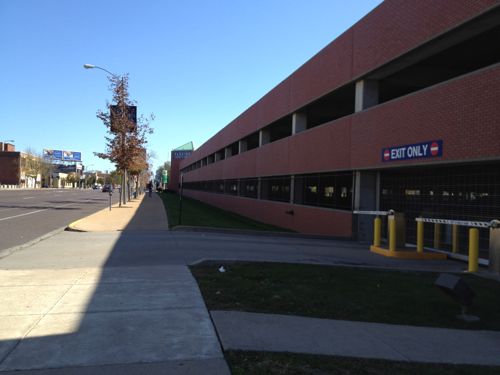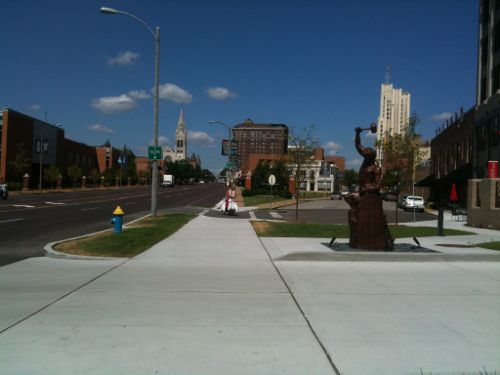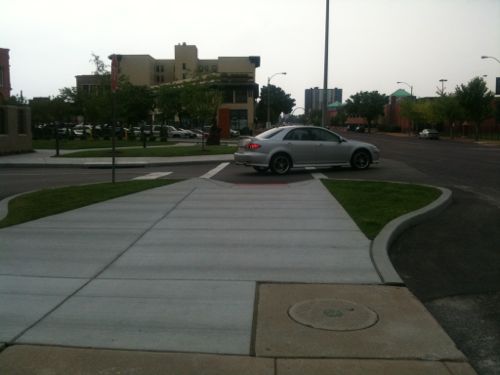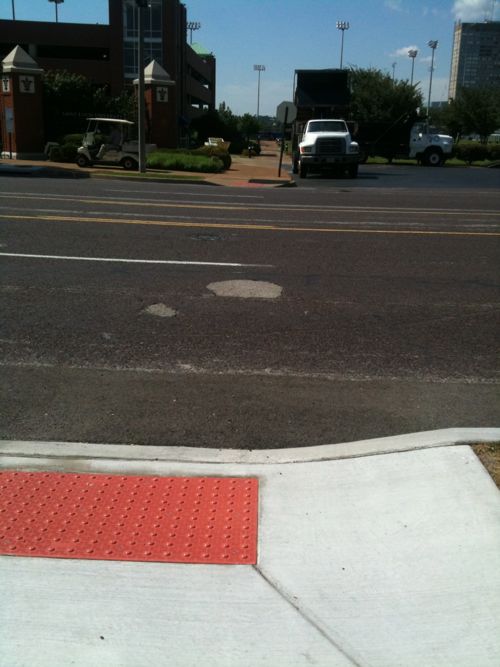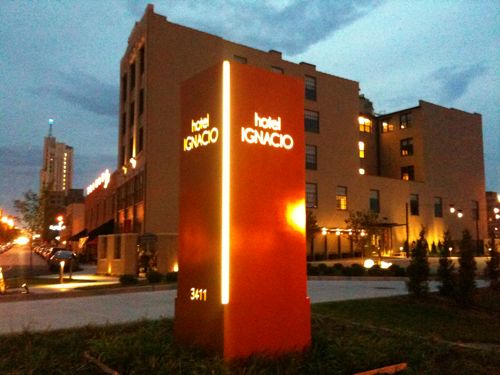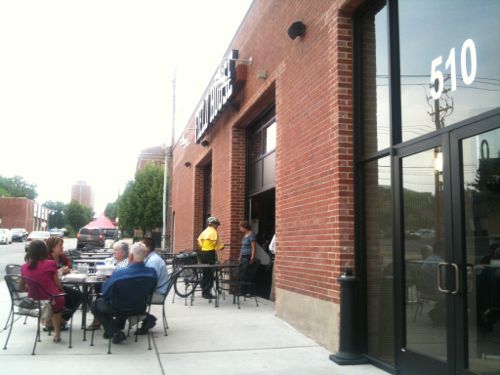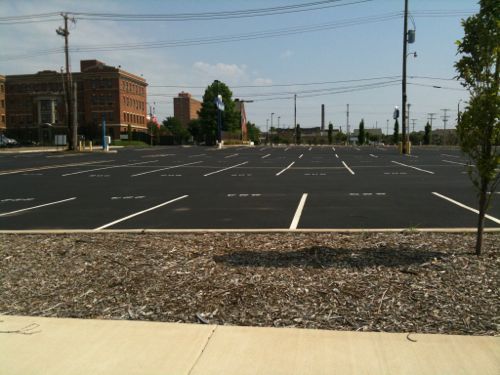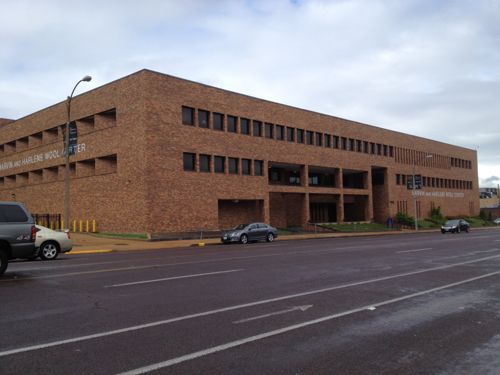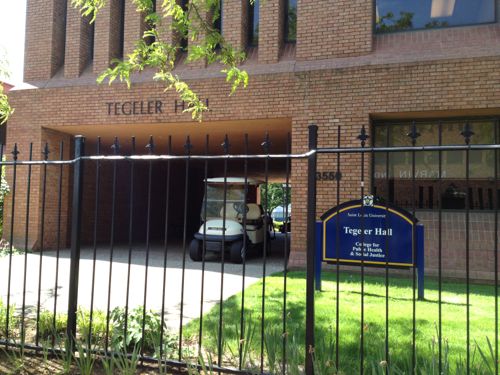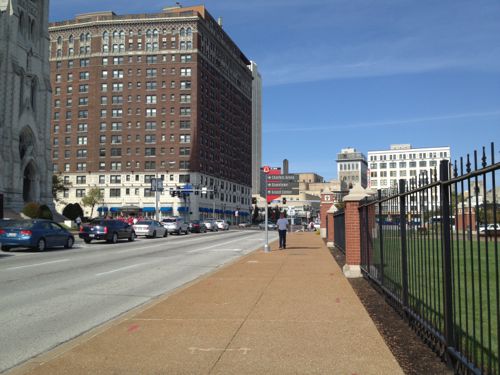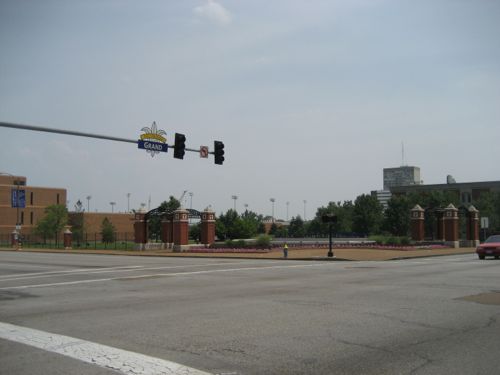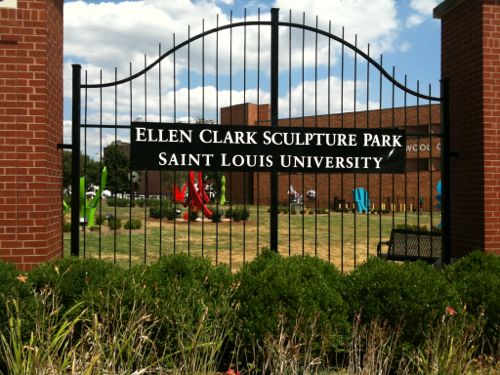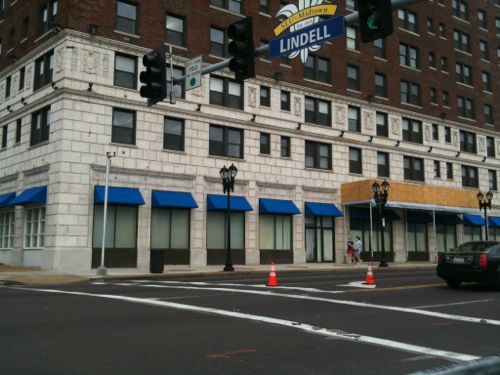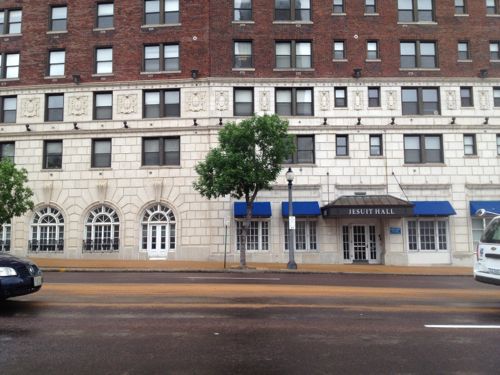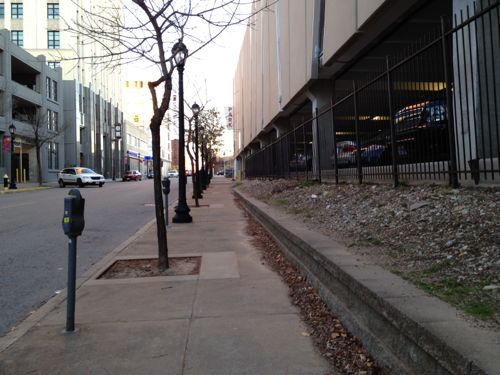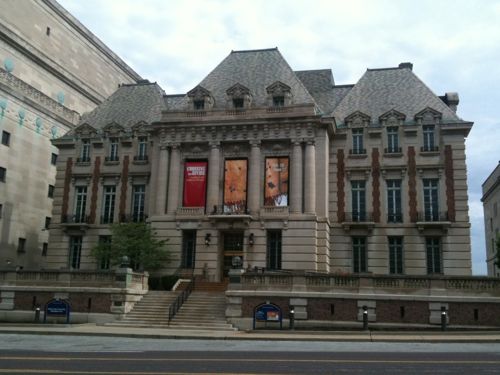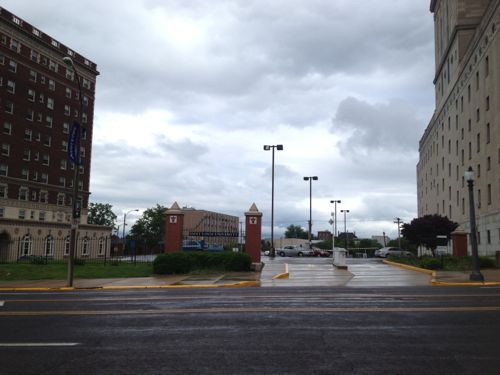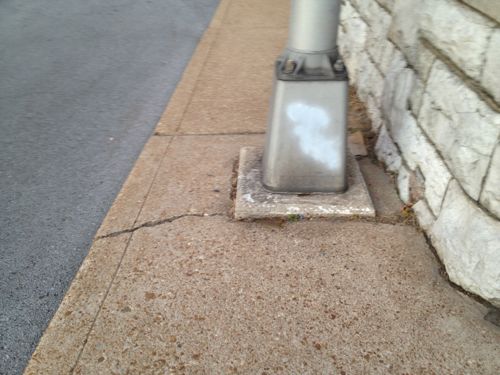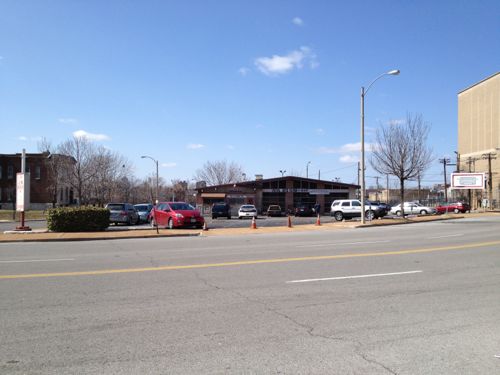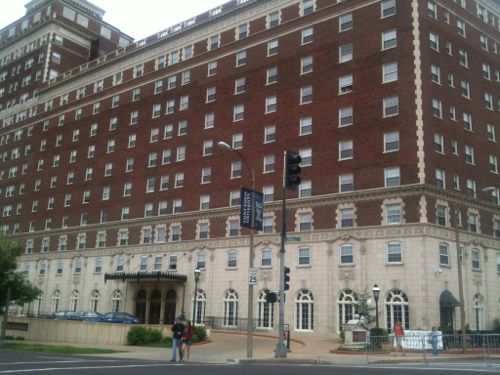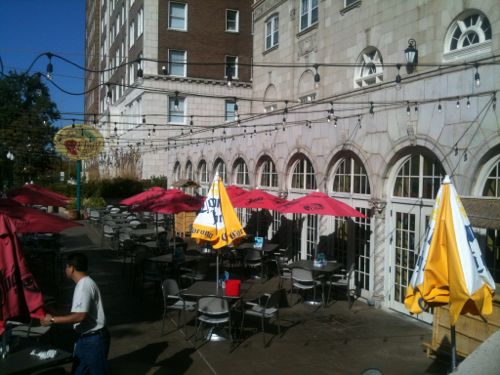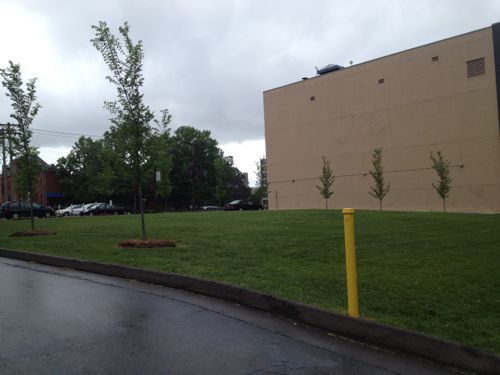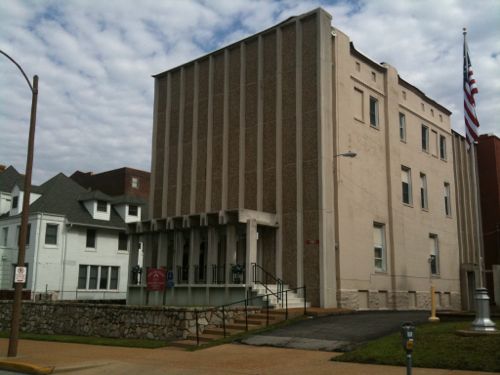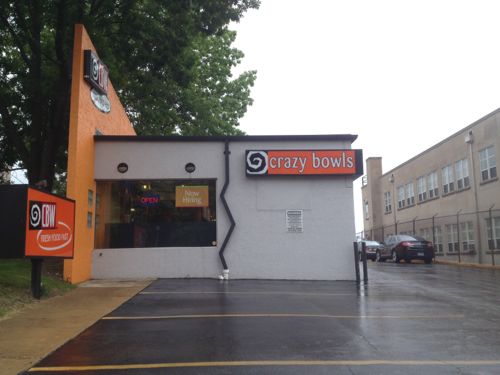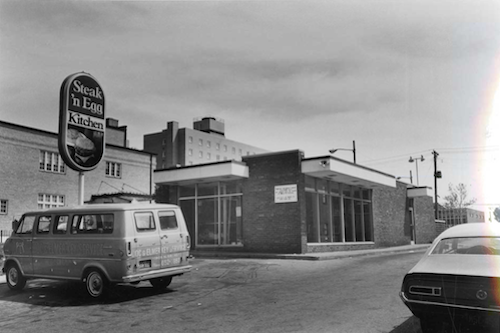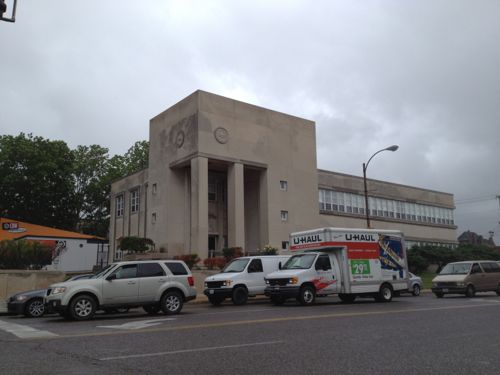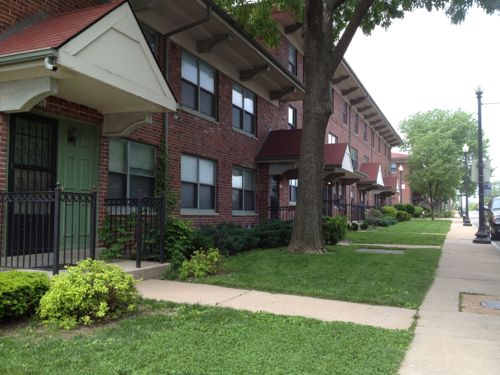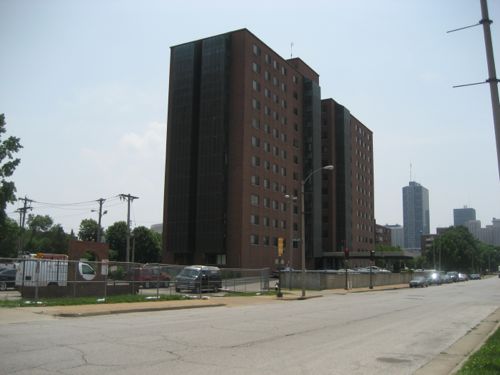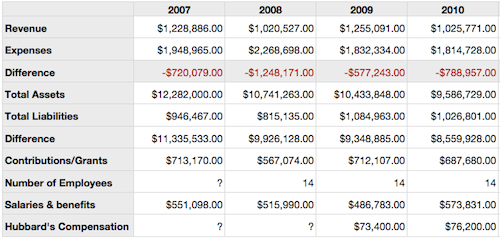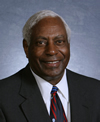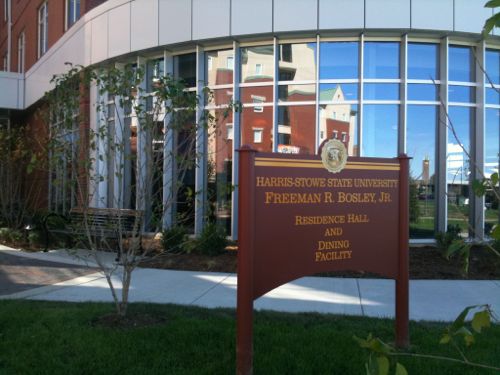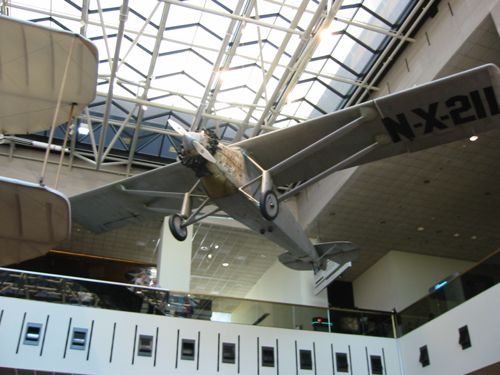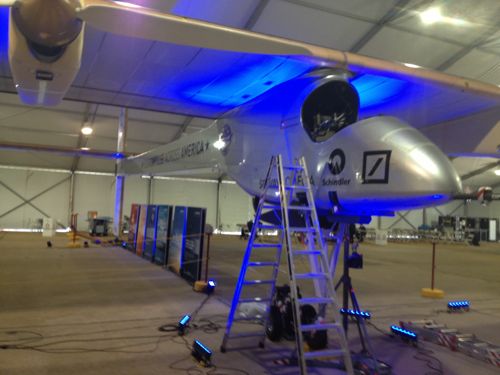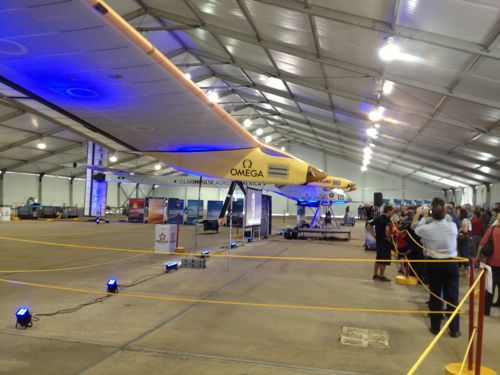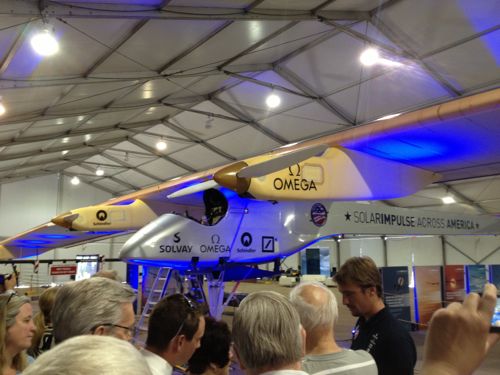New Construction Should Have Urban Form, Not Have A Forced Historic Style
|
|
The issue of form & style is a hard one to address, but this is exactly where I think St. Louis has failed over the years. The form of buildings, how they relate to the street/sidewalk, has been totally ignored.
Here’s how it often plays out in St. Louis: One story building set back surrounded by parking on a block with 2-4 story buildings built up to the property line. No problem, just be sure to wrap it in red brick with some stone elements so it fits in. Frustrating!
The other view taken in some neighborhoods is the new infill building, in the above scenario, should be detailed from the period of the neighbors on either side so the untrained eye wouldn’t know it was built 100 years later. Also frustrating, they wouldn’t have done this 75 years ago…or 64 years ago.
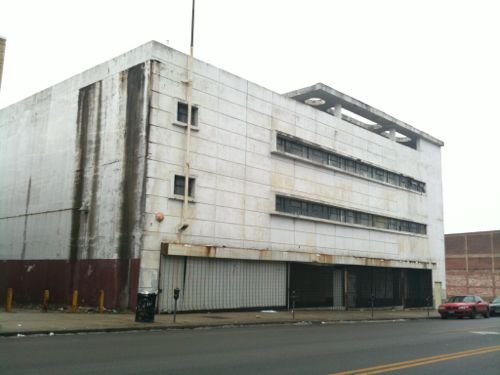
If the Wellston Loop in 1949 had a design code based on the one used by many St. Louis neighborhoods this structure, which I love, wouldn’t have been permitted. That is the problem I have with how we tend to define “fits in.” Granted, this would be shocking to see on Park Ave in the commercial area east of Lafayette Park. Was it shocking to Wellston Loop shoppers in 1949? Very likely, but freezing an area in whatever period can be the opposite — boring or even offensive.
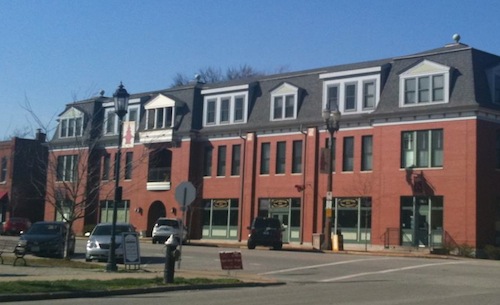
I don’t have the answers, I just think we need to give more attention to form and less to particulars of style.
Here are the results from the poll last week:
Q: New construction should…
- …have an urban form in whatever style the owner desires 34 [41.98%]
- …replicate period of surrounding buildings in some historic districts 24 [29.63%]
- …look like older buildings, so a lay person might think it is an old building 7 [8.64%]
- …NOT be a replica of an older style 7 [8.64%]
- Other: 6 [7.41%]
- …have any form (urban/suburban) in any style the owner desires 3 [3.7%]
- Unsure/no opinion 0 [0%]
And the six “other” answers provided by readers:
- New construction should entice people/business to want to be in and/or around itAdd as a poll answer
- This guestion isnt a very good one for a poll steve-o
- Needs to be complementary to existing architecture.
- modern and fit/funtion well on its site
- The owner should decide what his new building will look like. MONEY TALKS!
- not as simple as the other choices – more dtls req’d
Thoughts?
— Steve Patterson
b
